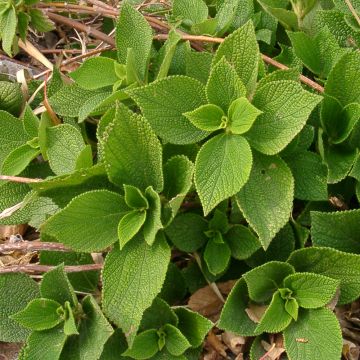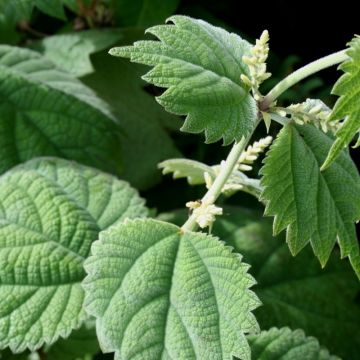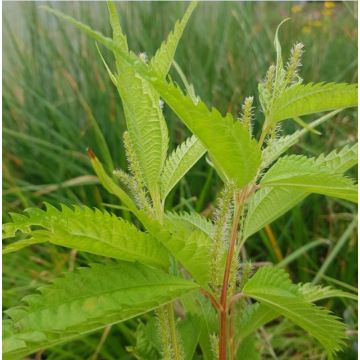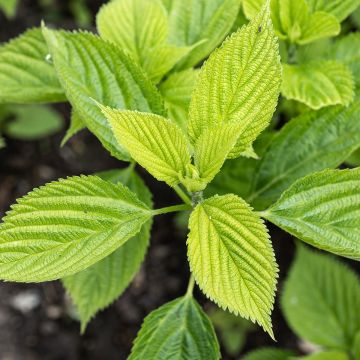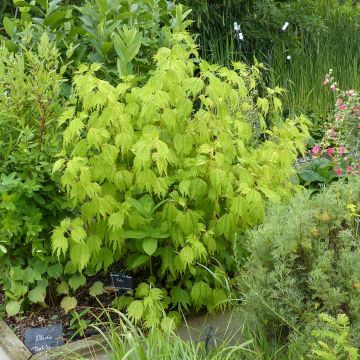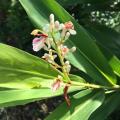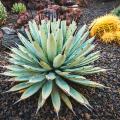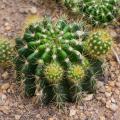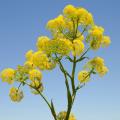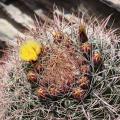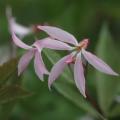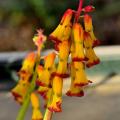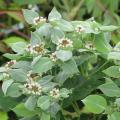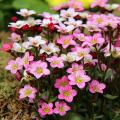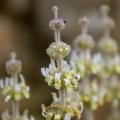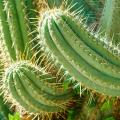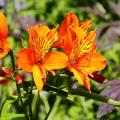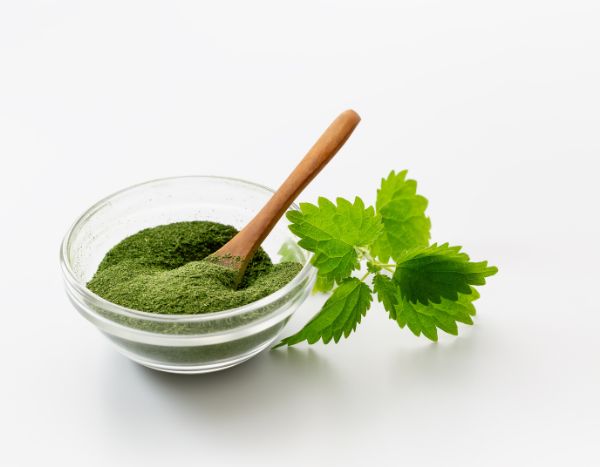Boehmeria
Would this plant suit my garden? Set up your Plantfit profile →
Available in 1 sizes
Available in 1 sizes
Available in 1 sizes
Available in 1 sizes
Available in 1 sizes
Available in 1 sizes
Boehmeria, also known as False nettles or Ramie, is a beautiful, non-stinging, relative of nettles, belonging to the same family,Urticaceae.
A perennial, sometimes a shrub (Boehmeria spicata or B. biloba), it is always elegant, devoid of stinging hairs, decorative and easy to grow in partial shade or shade. The genus Boehmeria has about a hundred species, some of which are native to Europe, while others are native to America and especially Asia. Boehmeria plants vary greatly in appearance, size, foliage, and flowers, and are significantly different from one species to another. However, the leaves are invariably deciduous in winter and the flowers, erect or pendulous, are composed of numerous small clusters of flowers. The leaves are entire, dentate, or crenate at the edges, rather thick, often puckered and veined, sometimes hairy (Boehmeria platanifolia), in a range of colours from grey-green to dark green, including variegated or mottled forms. The flowers, which usually appear in late summer, can be white, whitish-green, pale pink, or bright red. Boehmeria plants range in height from 60 cm (24in) (Boehmeria tricuspis) to 3 m (10ft), as in the case of Boehmeria nivea.
It is a perennial plant that thrives in damp understory conditions and appreciates shade or partial shade, just like nettles. It naturally fits well in a shaded border, against an east or north-facing wall or under the canopy of deciduous trees...
Haven't found what you were looking for?





































